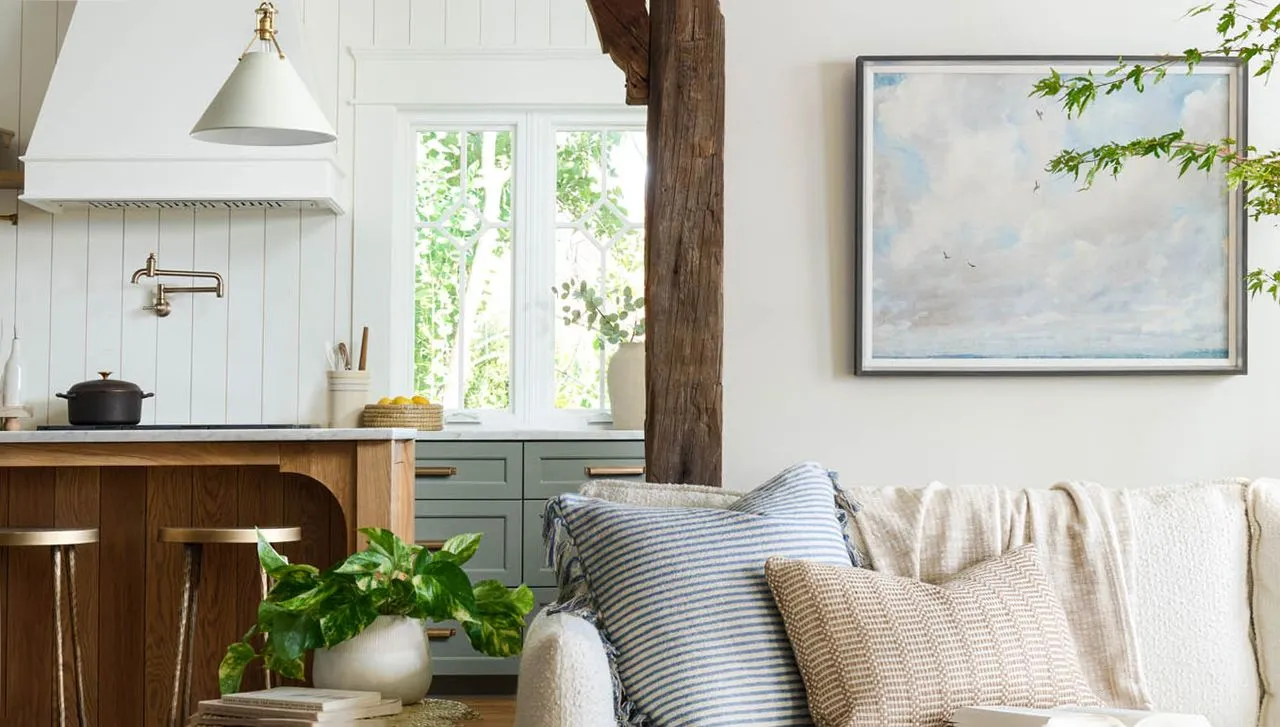What is Tacky Kitchen Decor?
Tacky kitchen decor can be a subjective term, but generally refers to design choices that are considered tasteless, overly ornate, or out of sync with current design trends. It often involves a mismatch of styles, excessive clutter, or the overuse of specific design elements. The goal of a well-designed kitchen is to create a space that is both functional and aesthetically pleasing, and tacky decor often detracts from this balance. Understanding what constitutes tacky decor is the first step in avoiding these pitfalls and creating a kitchen that you love. Many things can contribute to an undesirable aesthetic, but the key is to understand what works and what doesn’t, and to tailor the design to your personal preferences while keeping an eye on functionality. Remember, a kitchen is a workspace as well as a social space.
Defining ‘Tacky’ in Kitchen Design
Defining ’tacky’ in kitchen design requires a nuanced understanding of aesthetics, functionality, and current trends. What one person considers stylish, another might find outdated or overly embellished. ‘Tacky’ in this context often implies a lack of cohesion, a mismatch of styles, or an excessive use of decorative elements that overwhelm the space. It can also refer to choices that prioritize aesthetics over functionality, making the kitchen impractical for everyday use. The core of great design is balance and it requires a critical eye. Moreover, tacky decor often reflects a misunderstanding of the kitchen’s role as a functional workspace and a social hub, resulting in design choices that hinder rather than enhance these aspects of the kitchen.
Common Elements of Tacky Kitchen Decor
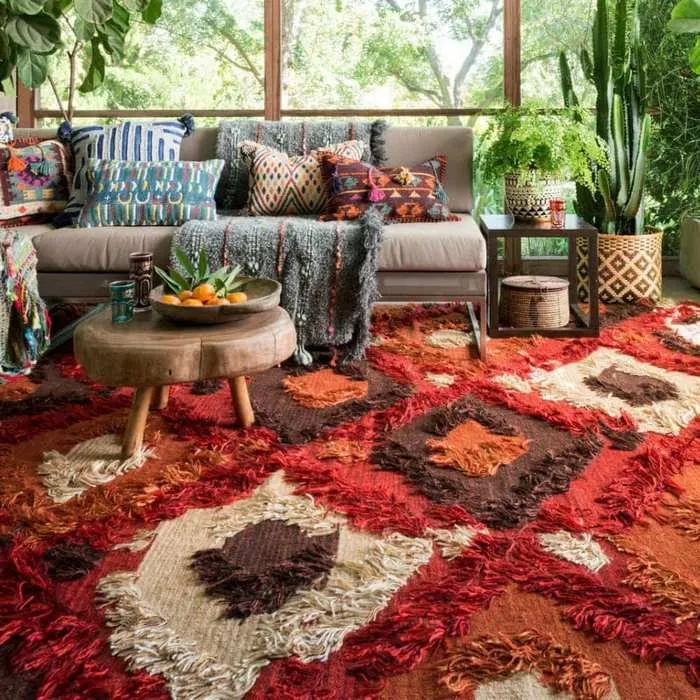
Several elements commonly contribute to a kitchen’s ’tacky’ appearance. These include the overuse of specific themes or trends, such as excessive rooster motifs or themed wallpaper. Over-accessorizing with knick-knacks and decorative items that clutter countertops and surfaces is another common offender. Mismatched appliances and fixtures, such as combining outdated appliance styles or clashing metal finishes, can also create a disjointed look. Poor lighting choices, such as insufficient or overly harsh lighting, can further detract from the overall aesthetic. It’s important to note that personal preferences play a role, but avoiding these common mistakes can help ensure a kitchen design that is both stylish and timeless, creating an environment that is functional and visually appealing.
Joanna Gaines’ Kitchen Decor Style
Joanna Gaines, through her work on ‘Fixer Upper,’ has popularized a distinct kitchen design style, often characterized by a blend of farmhouse, rustic, and modern elements. Her aesthetic frequently incorporates neutral color palettes, natural materials like wood and stone, and vintage-inspired details. Key features include open shelving, shiplap, apron-front sinks, and a focus on creating a warm, inviting atmosphere. Gaines’ kitchens often feature a balance of form and function, with an emphasis on creating a space that is both beautiful and practical for family life. While her style is widely admired, it’s important to understand the potential pitfalls and how to adapt this style to avoid any unwanted ’tacky’ elements.
Elements of Joanna Gaines’ Design Aesthetic
Joanna Gaines’ design aesthetic is defined by several key elements that contribute to its recognizable style. A dominant feature is her use of a neutral color palette, often centered around whites, creams, and soft grays, creating a sense of calm and spaciousness. Natural materials, such as reclaimed wood for countertops or accents, and stone for backsplashes, add texture and a connection to nature. Open shelving is a staple, offering both storage and a display area for decorative items. Vintage or antique-inspired details, like farmhouse sinks, vintage lighting fixtures, and reclaimed wooden furniture, add character and a sense of history. A focus on creating a sense of warmth and approachability is also central to her designs, making them feel inviting and comfortable, as well as highly functional.
Potential for Tacky Decor in the Gaines’ Style

Even within Joanna Gaines’ popular design style, there is potential for elements that can veer into ’tacky’ territory if not executed with care. The overuse of specific farmhouse elements, such as excessive shiplap or too many vintage-inspired accents, can lead to a cluttered or overly themed look. Relying too heavily on a single design element or trend, like a specific type of lighting or hardware, can also make a kitchen feel dated quickly. The key is to achieve balance, incorporating elements thoughtfully and strategically. Without this balance, the charm of the farmhouse style can become overwhelming and less appealing. Careful consideration of the scale, proportion, and overall cohesion of the design is essential to avoid potential missteps.
Tacky Kitchen Decor Hacks: Avoiding Mistakes
Avoiding tacky kitchen decor involves making mindful choices throughout the design process. One important hack is to avoid over-theming your kitchen. Instead of focusing on a single trend, like a particular pattern or color, aim for a more cohesive and timeless look. Another strategy is to declutter your countertops and surfaces. Keep only essential items within reach, and store away appliances and decorative items that contribute to visual clutter. Be mindful of mixing and matching appliances. Opt for a consistent style, color, and finish to create a harmonious aesthetic. By carefully selecting your materials, and avoiding these common pitfalls, you can create a kitchen that is both beautiful and functional, avoiding the traps of tacky decor.
Focus on Functionality and Organization
Prioritizing functionality and organization is a cornerstone of good kitchen design. Start by assessing your needs and how you use the kitchen daily. Incorporate smart storage solutions, such as pull-out drawers, pantry organizers, and efficient cabinet layouts. Ensure that your workspace is well-organized, with easy access to frequently used items. Consider the placement of appliances and work zones to optimize workflow. A well-organized kitchen not only enhances the aesthetic appeal but also makes cooking and cleaning more enjoyable and efficient. This also extends to the decor itself; choosing items that serve a practical purpose or that can be easily stored when not in use can greatly reduce clutter and contribute to a more functional, inviting space. (kitchen-organization.webp)
Embrace Natural Light and Ventilation
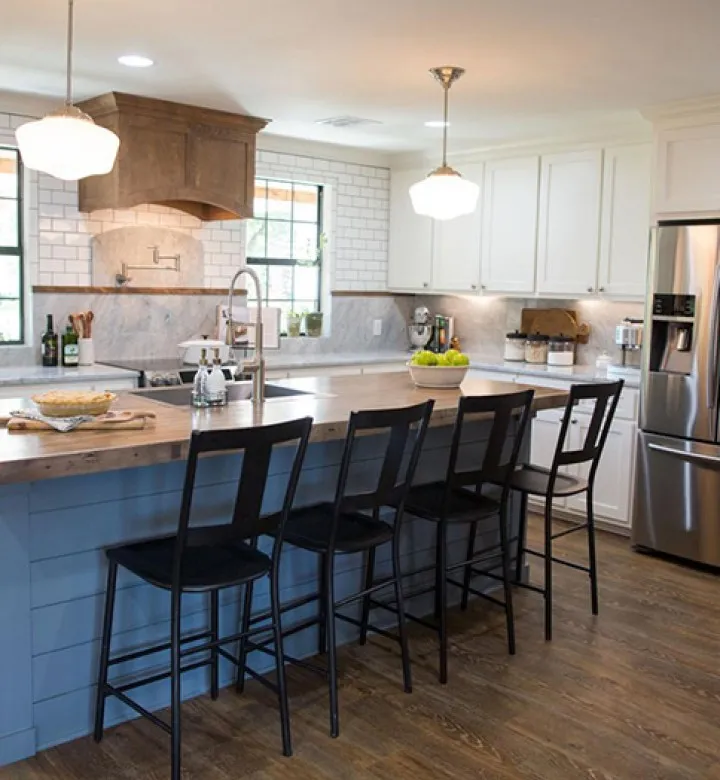
Maximizing natural light and ventilation is a valuable strategy for any kitchen design. Natural light brightens the space and creates a more welcoming atmosphere. If possible, incorporate large windows or skylights to bring in as much sunlight as possible. Proper ventilation is essential for controlling odors, humidity, and heat, particularly during cooking. Install a high-quality range hood, and ensure adequate airflow throughout the kitchen. These elements not only improve the functionality of the space but also enhance the overall aesthetic. A well-lit and properly ventilated kitchen feels more open, inviting, and comfortable, which are essential to a non-tacky space. (natural-light-kitchen.webp)
How to Balance Aesthetics and Practicality
Finding the right balance between aesthetics and practicality is crucial for avoiding tacky decor. Consider your lifestyle and how you will use the kitchen. Select durable, easy-to-clean materials that are also visually appealing. Prioritize functionality when choosing appliances and fixtures. Choose items that not only look good but also perform well and fit your specific needs. Incorporate decorative elements in moderation, and focus on quality over quantity. This means choosing a few well-chosen items that contribute to the overall aesthetic without cluttering the space. Aim for a design that is both beautiful and user-friendly, so your kitchen remains a joy to cook, entertain, and spend time in. (tacky-kitchen-decor.webp)
Tacky Kitchen Decorating Ideas to Avoid
Several decorating ideas can quickly transform a kitchen from stylish to ’tacky.’ One is the excessive use of a particular theme, such as a rooster motif or a specific color scheme that becomes overwhelming. Cluttering countertops and surfaces with too many decorative items, appliances, or utensils is another common mistake. Mismatched appliances and fixtures, especially those with different finishes or styles, can create a disjointed appearance. Overly trendy design choices that quickly go out of style, such as specific backsplash patterns or cabinet hardware, are also to be avoided. By avoiding these common pitfalls, you can ensure your kitchen remains a timeless and appealing space.
Overuse of Specific Trends
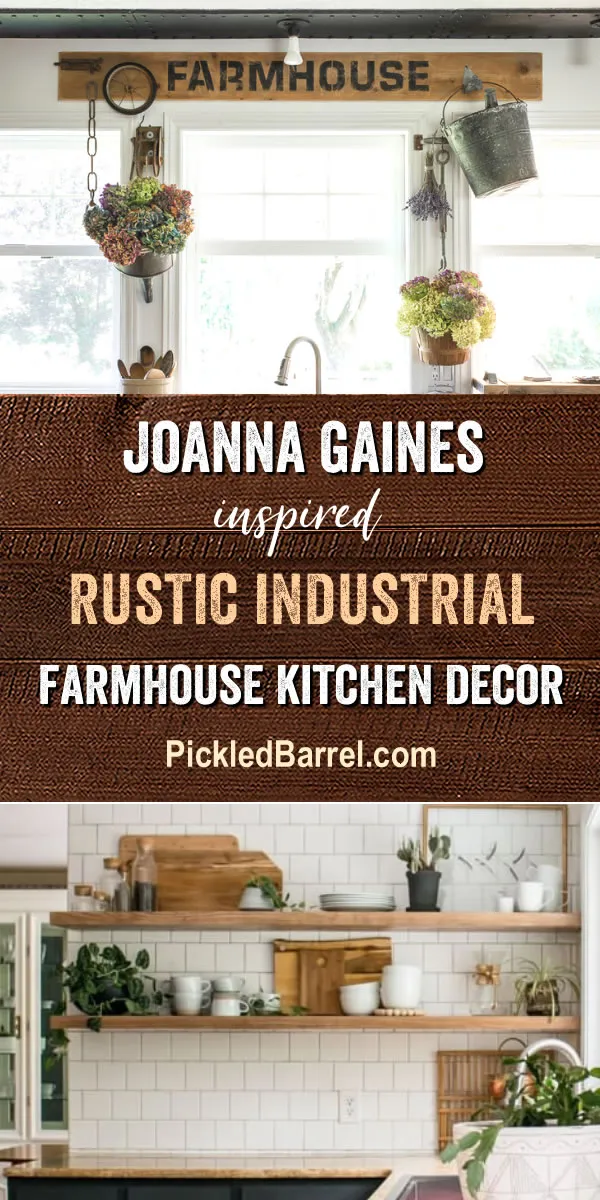
The overuse of specific trends is a common cause of tacky kitchen decor. While it’s fine to incorporate current design elements, relying too heavily on any single trend can lead to a dated and unbalanced look. Overdoing a trend, such as shiplap or specific cabinet colors, can make a kitchen feel forced and artificial rather than organic. To avoid this, incorporate trends in moderation, and balance them with classic elements that have lasting appeal. This approach allows you to stay current without risking a design that quickly feels out of style. Instead, focus on a timeless look with subtle nods to current trends, ensuring that your kitchen remains a stylish and functional space for years to come.
Cluttered Countertops and Surfaces
Cluttered countertops and surfaces can quickly make a kitchen look tacky and disorganized. The key is to keep only the essentials within easy reach, and store away appliances, utensils, and decorative items that aren’t used daily. This approach creates a cleaner, more spacious, and more inviting atmosphere. Consider using storage solutions like pull-out drawers, pantry organizers, and open shelving to keep frequently used items organized and accessible. Regularly declutter your countertops, and be selective about what you display. A well-organized kitchen not only looks better but also makes cooking and cleaning more efficient and enjoyable, contributing to a more pleasant and functional space. (cluttered-kitchen.webp)
Mismatched Appliances and Fixtures
Mismatched appliances and fixtures are a common source of ’tacky’ kitchen decor. When selecting appliances, aim for a consistent style, finish, and color palette to create a cohesive look. Mixing different appliance styles, such as combining stainless steel with black, or using outdated models, can create a disjointed and visually unappealing aesthetic. Similarly, pay attention to hardware and fixtures. Select cabinet knobs, pulls, faucets, and lighting that complement each other and the overall design of your kitchen. Consistency and coordination are key to achieving a harmonious and stylish space. (joanna-gaines-kitchen.webp)
Tacky Kitchen Decor: Alternatives and Solutions
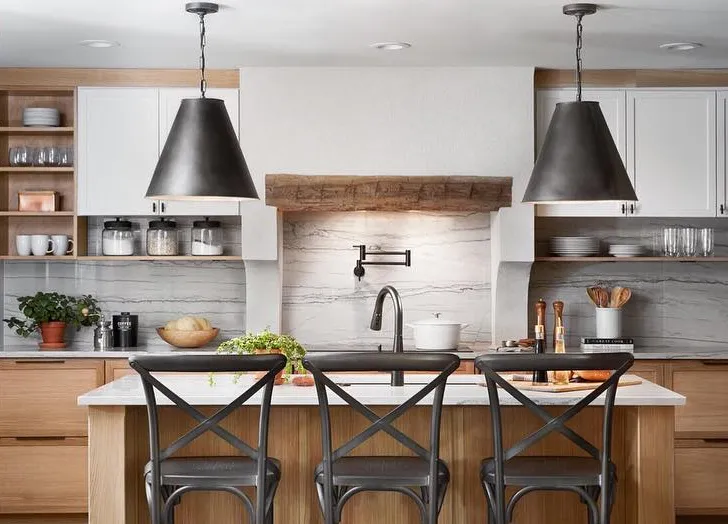
There are numerous alternatives and solutions to avoid creating a tacky kitchen. Embrace a minimalist approach, focusing on clean lines, simple design, and avoiding excessive ornamentation. Choose timeless decor elements that stand the test of time, rather than following fleeting trends. Focus on creating a cohesive color palette, using a combination of neutral tones, complementary accents, and a consistent design theme. Prioritize functionality and organization, incorporating smart storage solutions to reduce clutter and improve workflow. (minimalist-kitchen.webp) By making thoughtful and informed choices, you can create a kitchen that is both beautiful and practical, avoiding the pitfalls of tacky decor.
Embracing Minimalism and Clean Lines
Embracing minimalism and clean lines is an excellent strategy for avoiding tacky kitchen decor. Minimalism focuses on simplicity, functionality, and uncluttered spaces. This approach involves removing unnecessary items, embracing neutral color palettes, and opting for simple, sleek designs. Clean lines create a sense of order and spaciousness, while minimizing visual distractions. Prioritize functionality by selecting streamlined appliances and smart storage solutions. Avoid excessive ornamentation, and focus on quality over quantity when choosing decor items. This creates a calm, inviting, and visually appealing kitchen. (minimalist-kitchen.webp)
Selecting Timeless Kitchen Decor
Choosing timeless kitchen decor is essential for creating a space that remains stylish and appealing for years to come. Opt for classic design elements, such as shaker-style cabinets, subway tile backsplashes, and stainless steel appliances. Choose neutral color palettes that serve as a base, and incorporate accent colors through accessories and decor that can be easily changed. Prioritize quality materials and craftsmanship, as these elements stand the test of time. Avoid overly trendy elements, and focus on creating a design that is both functional and visually appealing, ensuring that your kitchen remains a stylish and enjoyable space. (timeless-kitchen-decor.webp)
Creating a Cohesive Color Palette
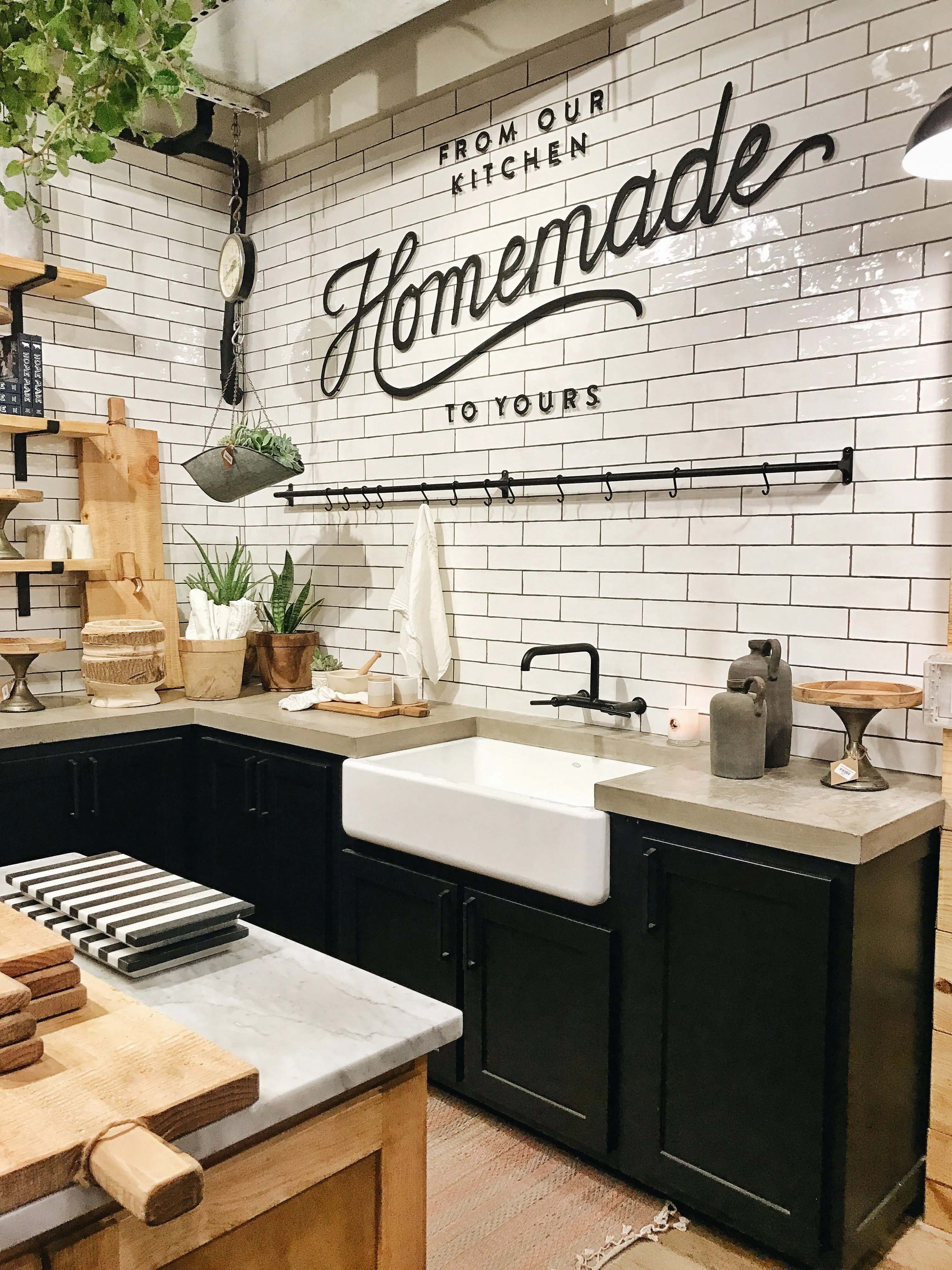
Creating a cohesive color palette is crucial for achieving a stylish kitchen design. Start by selecting a base color, such as white, cream, or gray, which will serve as the foundation of the space. Introduce complementary accent colors through accessories, artwork, and decor to add personality and interest. Consider the overall mood you want to create, such as warmth, serenity, or vibrancy, and choose colors that reflect that feeling. Ensure that your color choices work well together and complement the materials and finishes in your kitchen. By creating a well-coordinated color palette, you can ensure a visually harmonious and appealing kitchen design. (cohesive-kitchen.webp)
Conclusion: Achieving a Stylish Kitchen
Achieving a stylish kitchen requires a thoughtful approach that combines functionality, aesthetics, and a touch of personal style. By understanding the elements of tacky decor, and avoiding the common pitfalls, you can create a kitchen that is both beautiful and practical. Focus on creating a cohesive design, prioritizing organization, embracing natural light, and selecting timeless materials. Incorporate your personal style through carefully chosen decor, but remember to keep balance and avoid overdoing any particular trend. The key is to create a space that reflects your lifestyle and makes you happy, ensuring that your kitchen remains a joy to cook, entertain, and spend time in. A stylish kitchen is one that is both functional and a pleasure to inhabit.
